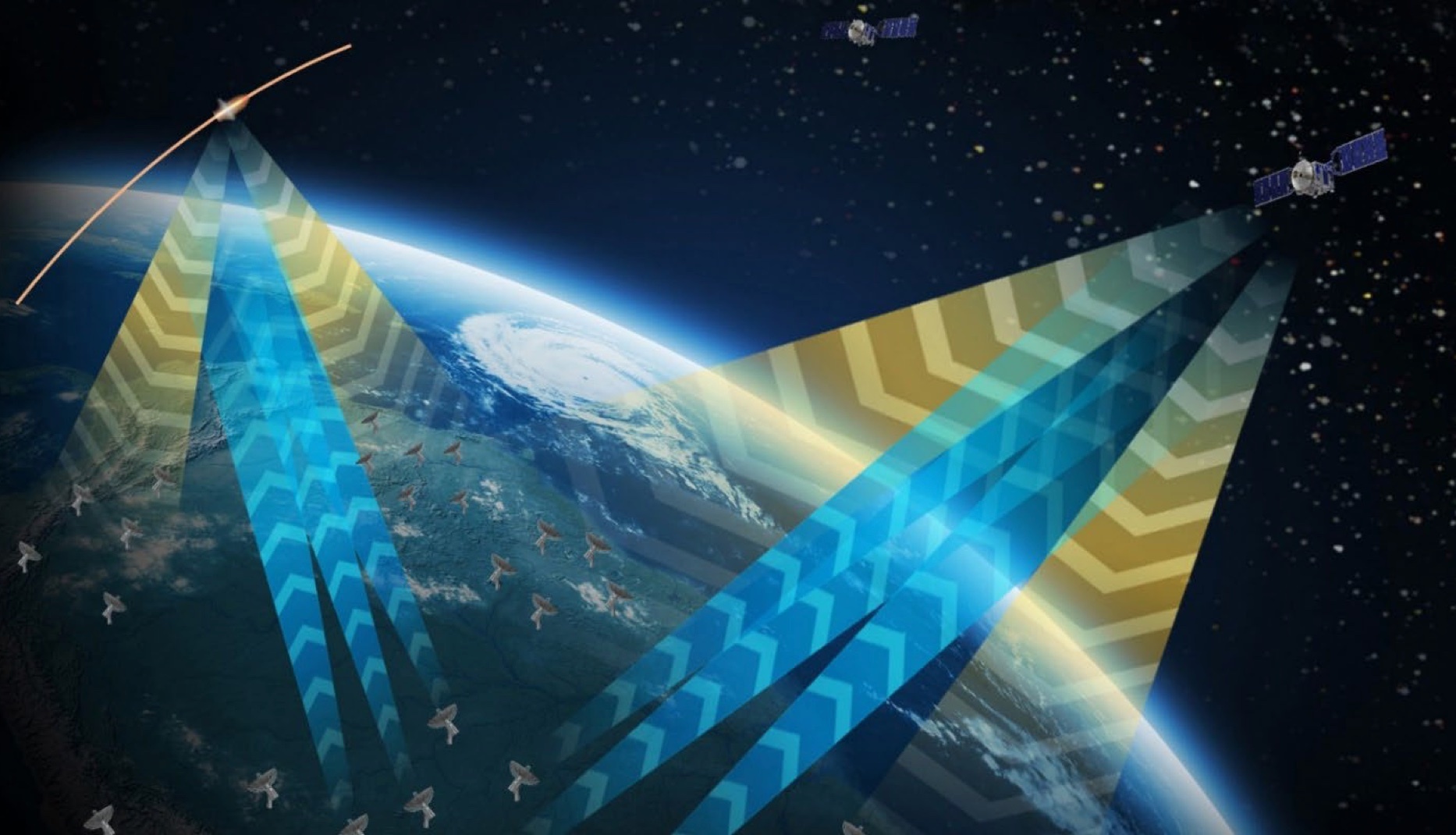1.06.2023
The company last year won a $341 million contract to develop a space surveillance radar site for the U.S. Space Force

Rendering of the Deep Space Advanced Radar Capability (DARC). Credit: Northrop Grumman
WASHINGTON — A deep-space radar developed by Northrop Grumman for the U.S. Space Force passed a critical design review, the company announced May 30.
Northrop Grumman said it also completed a software demonstration of the Deep-Space Advanced Radar Capability program known as DARC.
The company last year won a $341 million contract to develop a radar site to track active satellites and debris in geosynchronous orbit. The radar will be located in the Indo-Pacific region, and Northrop Grumman is expected to deliver a prototype by late 2025 or early 2026.
This will be the first of three planned ground-based radar sites. The other two will be in Europe and the continental United States.
“DARC will be the first to provide an all-weather, at all times capability in support of the space domain awareness mission that’s critical to national and global security,” said Pablo Pezzimenti, vice president of integrated national systems at Northrop Grumman.
Following the completion of the critical design review, he said, “the program now turns its focus to the factory acceptance testing of key subsystems starting later this year.”
“DARC will deliver an all-weather, 24/7 capability to monitor the rapidly evolving geosynchronous orbital environment,” the company said. The new radar is intended to augment the military’s space surveillance network as an additional sensor to monitor deep space objects, eventually providing full global coverage.
Plans for sites 2 and 3
The Space Force on May 16 issued a “sources sought” announcement in preparation for a future procurement of DARC site 2 in Europe and site 3 in the continental United States.
This next procurement will be on a shorter timeline due to urgent needs for space domain awareness, said the Space Systems Command in the announcement. “It is imperative that Site 2 (EUCOM) be operational no later than October 2027 and Site 3 (CONUS) be operational no later than October 2028.”
To support these dates, the anticipated award for both sites is expected later this year or in early 2024.
“The government is conducting this market research,” said the Space Systems Command, “to determine if there are other sources besides the DARC Site 1 incumbent Northrop Grumman that could successfully perform and meet rapid fielding requirements for DARC Sites 2 and 3.”
Quelle: SN
